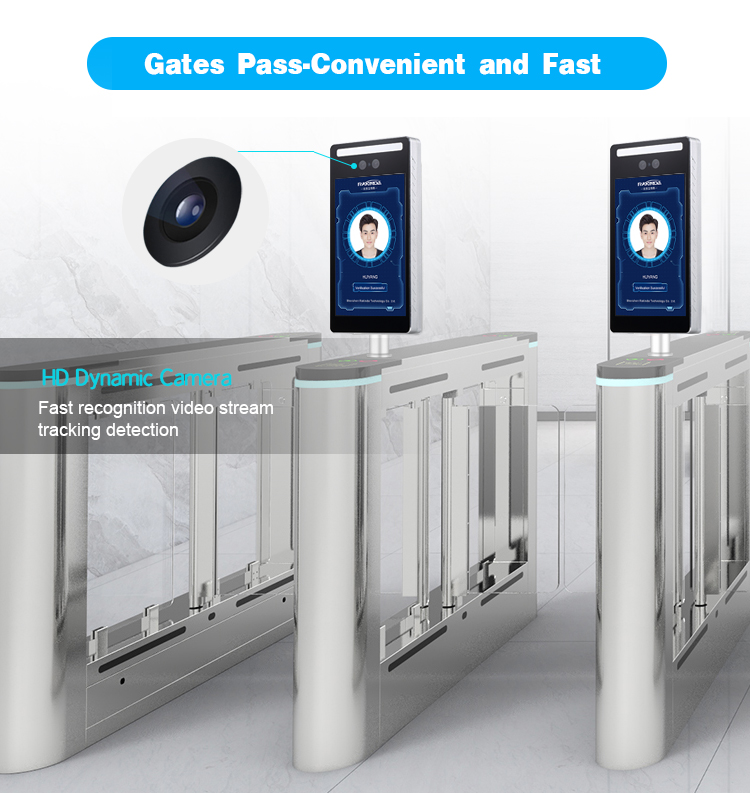Face recognition technology has become increasingly popular in recent years, and one area where it is gaining traction is in the field of access control systems. This technology allows for the secure and efficient control of who is allowed to enter a building or area, as it uses biometric data to identify individuals.
One of the main benefits of using face recognition for access control is its ease of use. Unlike traditional methods such as key cards or passwords, there is no need for individuals to remember or carry anything with them. All they need to do is simply look at the camera, and the system will automatically verify their identity. This can greatly reduce the time and hassle of getting in and out of a building, and can also improve overall security by reducing the risk of lost or stolen keys or forgotten passwords.

Another advantage of face recognition technology is its accuracy. Unlike traditional methods that rely on easily forgivable information such as passwords or key cards, face recognition uses unique biometric data to identify individuals. This means that the chances of unauthorized access are significantly reduced, as the system can accurately verify an individual's identity before granting access.
In addition to these benefits, face recognition technology can also be easily integrated into existing access control systems. This can be done through the use of cameras and software that are designed specifically for this purpose. This means that businesses and organizations can quickly and easily upgrade their security systems, without having to make significant changes to their existing infrastructure.
However, despite its many benefits, the use of face recognition technology in access control systems is not without its challenges. One of the main challenges is privacy concerns, as some individuals may feel uncomfortable with their biometric data being stored and used for security purposes. Additionally, there is a risk of the technology being used for malicious purposes, such as unauthorized access or surveillance.
In conclusion, face recognition technology has great potential in the field of access control systems. Its ease of use, accuracy, and compatibility with existing systems make it an attractive option for businesses and organizations looking to improve their security. However, it is important to address privacy concerns and ensure that the technology is used ethically and responsibly.